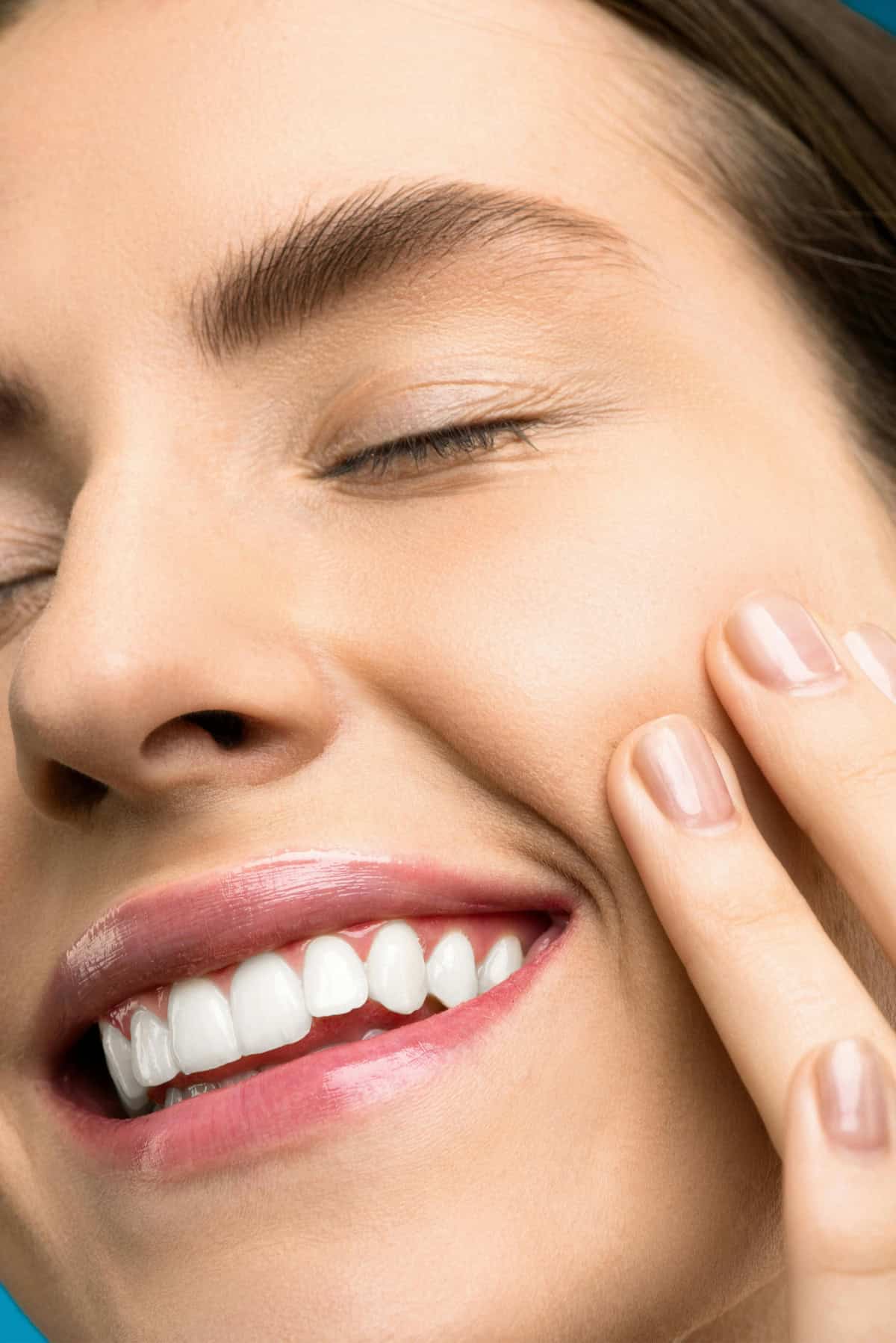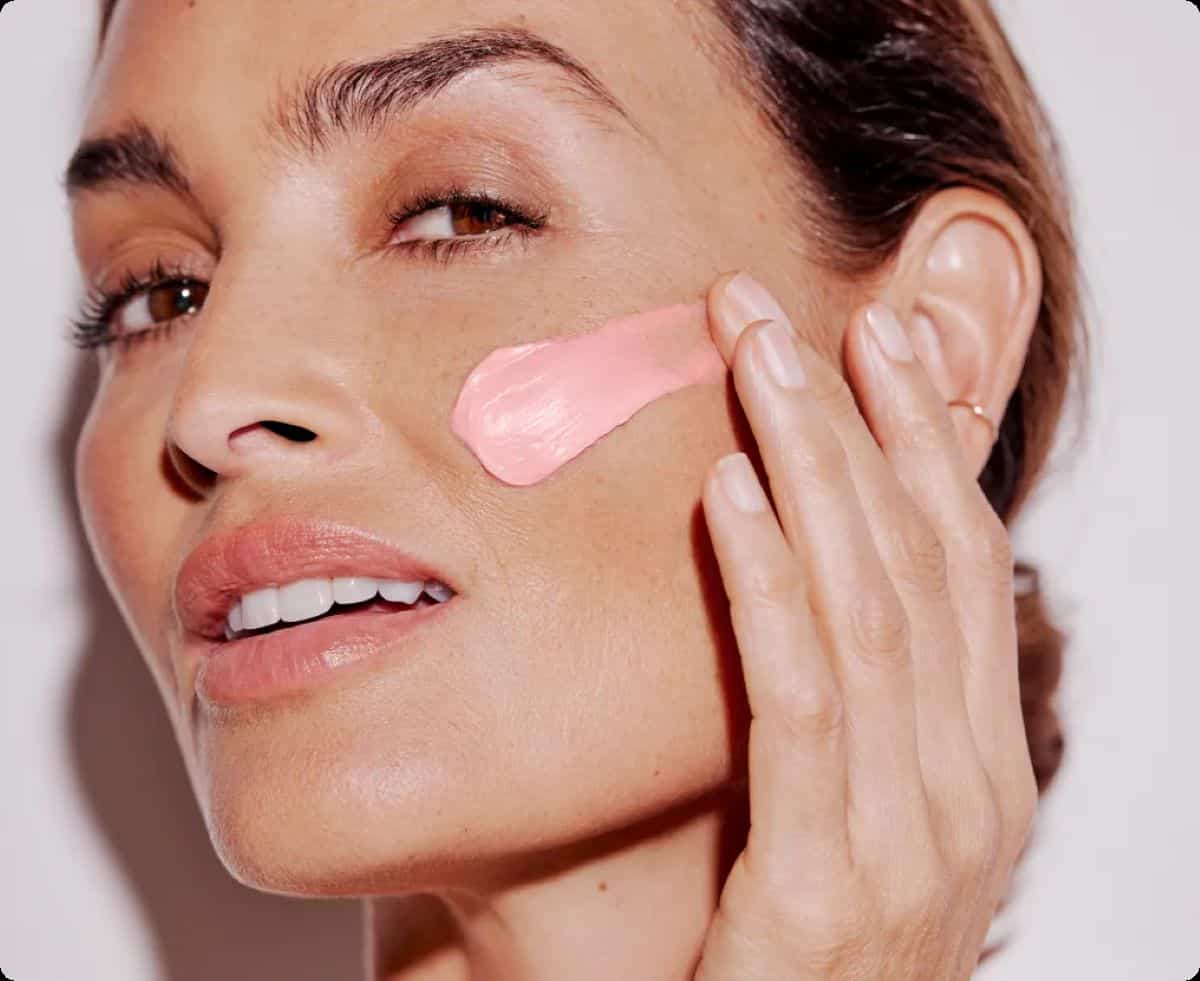Uneven skin tone can be frustrating, especially when dark patches linger long after breakouts and sun exposure. You may find yourself scrutinizing your reflection, wondering if there’s a way to fade those stubborn marks for good.
Consistency matters more than quick fixes, and the right habits can help your skin recover. The key lies in protecting it from further damage and maintaining a lifestyle that supports skin health.

Sun Protection is Your First Line of Defense
UV exposure deepens pigmentation, making dark spots stubborn. Even on cloudy days, ultraviolet rays stimulate excess melanin production, setting back any progress.
A broad-spectrum sunscreen with SPF 30 or higher should be a non-negotiable step in your morning routine. Apply it generously to all exposed areas and reapply every two hours when outdoors. Mineral sunscreens with zinc oxide or titanium dioxide offer strong protection. Tinted formulas provide an extra layer of defense by blocking visible light.

Skincare Savvy: Ingredients and Techniques
Hyperpigmentation responds best to a carefully chosen regimen that combines exfoliation and targeted treatments. A skin brightening and lightening cream can help fade dark patches over time, gradually evening out your complexion.
Exfoliation speeds up cell turnover, but harsh scrubs can do more harm than good. Instead, reach for chemical exfoliants like glycolic acid or lactic acid, which dissolve dead skin cells without causing micro-tears.
Retinoids also accelerate renewal, helping to fade pigmentation and smooth skin texture. If you’re using multiple active ingredients, introduce them slowly to avoid irritation.

Lifestyle Factors: Diet and Habits
What you put on your skin matters, but so does what you put in your body. A diet rich in antioxidants – think leafy greens, berries, and nuts – helps combat oxidative stress, which contributes to pigmentation issues.
Vitamin C, both in your diet and skincare routine, inhibits excess melanin production while promoting collagen synthesis. Staying hydrated supports healthy cell function, keeping your skin resilient.

Alcohol and high-sugar foods can increase inflammation, worsening discoloration over time. Managing stress plays a role as well; elevated cortisol levels can lead to hormonal imbalances that trigger melasma.
Professional Help: When to Seek Expert Advice
Some forms of hyperpigmentation, like deep-seated melasma or post-inflammatory marks that won’t fade despite your best efforts, may require professional treatments. Dermatologists can assess the root cause of your discoloration and recommend stronger interventions.
Chemical peels remove layers of pigmented skin more efficiently than at-home exfoliants, while laser treatments target deeper pigmentation without harming surrounding tissue. Microneedling can also break up excess melanin, encouraging fresh, even-toned skin to emerge. Consulting a specialist ensures you’re using the most effective approach for your specific concerns.
Patience and Persistence Are The Keys to Success
Fading hyperpigmentation isn’t a quick process, and setbacks are common. Results take weeks or months to become noticeable. Staying consistent with your routine prevents new discoloration while gradually improving existing spots. Giving up too soon means undoing your progress, so trust the process.
Tracking changes with photos can help you stay motivated. If a treatment isn’t working after several months, adjust your approach rather than abandoning it entirely. The most effective solutions are the ones you stick with over time. With daily effort, your skin can become brighter, clearer, and more even.





Leave a Reply